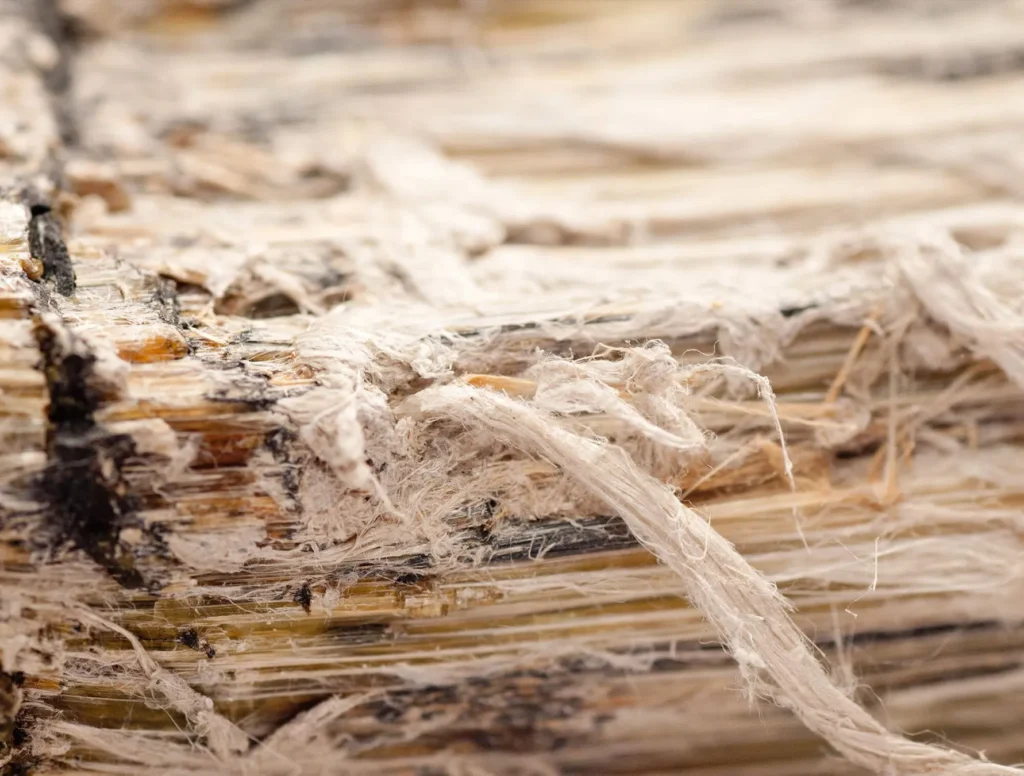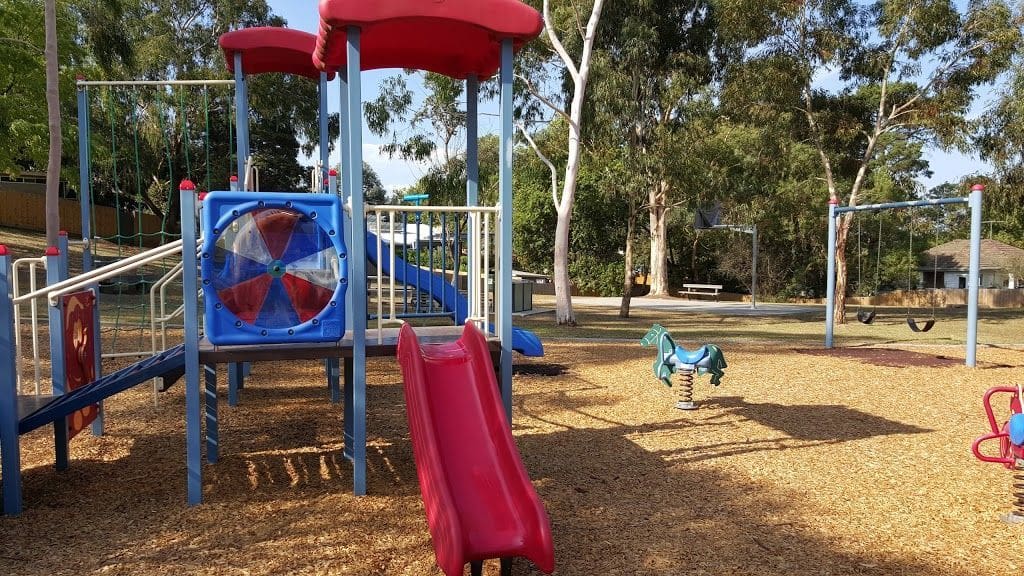Introduction
Mold is a common issue in many homes and buildings, often developing in damp or humid areas. While it might seem like a minor inconvenience, mold can pose significant health risks and cause extensive structural damage if not addressed promptly. This is why it’s crucial to take mold problems seriously and ensure they are properly managed.
In this blog post, we will explore the importance of conducting mold inspections both before and after mold remediation. By understanding the role of these inspections, homeowners and property managers can ensure that mold remediation is thorough and effective, preventing any unpleasant surprises down the line. Whether you’re dealing with a current mold issue or looking to prevent future problems, this guide will provide valuable insights into maintaining a safe and healthy environment.
The Importance of Removing Mold from Your Home
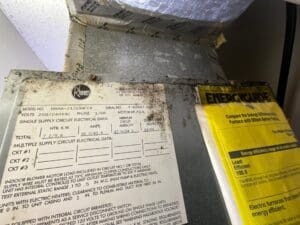
Mold exposure can lead to a variety of health issues, ranging from mild to severe. For many people, mold can trigger respiratory problems such as asthma and allergies, causing symptoms like coughing, sneezing, and shortness of breath. Prolonged exposure to mold can also result in skin irritation and eye discomfort. For vulnerable individuals, including infants, the elderly, and those with weakened immune systems, the health risks are even more significant. In these cases, mold exposure can lead to more serious conditions, such as chronic respiratory illnesses and infections. Ensuring that mold is thoroughly removed from your home is essential to protect the health and well-being of everyone in the household.
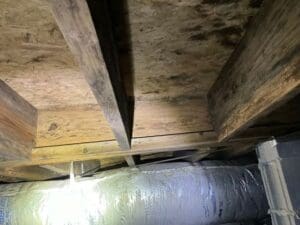
Mold doesn’t just pose health risks; it can also cause significant structural damage to your home. When mold grows on building materials like wood, drywall, and insulation, it can weaken these materials over time. This can lead to issues such as warped walls, sagging ceilings, and compromised structural integrity. In severe cases, mold can cause extensive damage that requires major repairs or even replacement of affected areas. Additionally, mold can spread quickly if not addressed, leading to more widespread damage and higher repair costs. By removing mold promptly and thoroughly, you can protect the structural integrity of your home and avoid costly repairs in the future.
The Role of Mold Inspections Before Remediation
An initial mold inspection before remediation is crucial for accurately assessing the extent and type of mold contamination in your home. This inspection helps identify all affected areas, including hidden mold that might not be immediately visible. By understanding the full scope of the problem, professionals can develop a targeted and effective remediation plan. This ensures that all mold is addressed, preventing incomplete remediation that could lead to recurring issues. Additionally, an initial inspection provides a baseline for measuring the success of the remediation process, making it easier to verify that all mold has been effectively removed. Overall, a thorough initial inspection is the first step in ensuring a safe and mold-free environment.
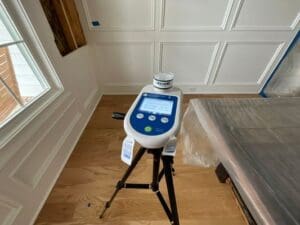
Mold inspections utilize a variety of tools and methods to accurately detect and assess mold contamination. Here are some of the most common ones:
- Visual Inspections: Inspectors conduct a thorough visual examination of the property, looking for visible signs of mold growth, water damage, and moisture intrusion. This includes checking areas prone to mold, such as basements, attics, bathrooms, and around plumbing fixtures.
- Moisture Meters: These devices measure the moisture levels in building materials like walls, floors, and ceilings. High moisture readings can indicate areas where mold is likely to grow, even if mold is not yet visible.
- Infrared Cameras: Infrared or thermal imaging cameras detect temperature variations in building materials, which can reveal hidden moisture and potential mold growth behind walls and ceilings.
- Air Quality Tests: Air sampling involves collecting air samples from different areas of the property to measure the concentration of mold spores in the air. These samples are then analyzed in a laboratory to identify the types and levels of mold present.
- Surface Sampling: This method involves taking samples from surfaces where mold is suspected. Swabs, tape lifts, or bulk samples are collected and analyzed in a lab to determine the presence and type of mold.
- Humidity Gauges: These devices measure the humidity levels in the air. High indoor humidity can create an environment conducive to mold growth, so monitoring humidity is essential for mold prevention.
By using these tools and methods, inspectors can accurately identify mold problems and provide detailed information needed to develop an effective remediation plan. This comprehensive approach ensures that all mold is detected and addressed, leading to a safer and healthier living environment.
The Mold Remediation Process
Mold remediation involves several critical steps to ensure that mold is effectively removed, and the affected area is restored to a safe condition. The process typically begins with containment, where the contaminated area is sealed off to prevent mold spores from spreading to other parts of the property. Next, mold removal is carried out, which involves physically removing mold-infested materials and thoroughly cleaning surfaces with specialized products. Cleaning and disinfecting follow, using antimicrobial treatments to eliminate any remaining mold spores and prevent future growth. After cleaning, the area is dried and dehumidified to remove excess moisture, which is essential for preventing mold recurrence. Finally, repairing and restoring the affected areas involves replacing damaged materials, such as drywall or insulation, and ensuring that the property is returned to its original condition. By following these steps, mold remediation professionals can effectively address mold problems and help maintain a healthy indoor environment.
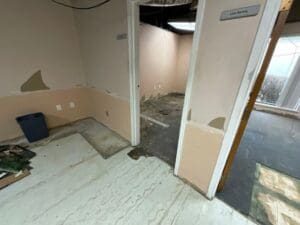
Following proper mold remediation protocols is essential to ensure the complete and safe removal of mold from your home. Adhering to these protocols helps prevent the spread of mold spores to unaffected areas, reducing the risk of cross-contamination. Proper procedures also ensure that all mold-infested materials are thoroughly cleaned or removed, minimizing the chance of mold regrowth. Additionally, using the right cleaning agents and techniques protects the health of both the remediation workers and the occupants of the home. By following established guidelines, remediation professionals can effectively address the mold problem, restore the property to a safe condition, and provide peace of mind to homeowners.
The Need for Post-Remediation Inspections
Follow-up inspections after mold remediation are crucial to ensure that the remediation process has been successful. The primary purpose of these inspections is to verify that all mold has been effectively removed and that the affected areas are free from contamination. This involves conducting visual inspections, air quality tests, and moisture assessments to confirm that the environment is safe and healthy. Post-remediation inspections also help identify any remaining moisture issues that could lead to future mold growth, allowing for timely intervention. By performing these follow-up checks, homeowners can be confident that the mold problem has been thoroughly addressed, preventing any unpleasant surprises and ensuring long-term protection for their property and health.
A clearance test is a critical step in the mold remediation process, conducted to ensure that the remediation has been successful, and that the environment is safe for occupancy. It is highly recommended to have an independent company perform this clearance testing to maintain objectivity and credibility. An independent inspector has no vested interest in the remediation outcome, ensuring an unbiased assessment of the property’s condition. This impartiality helps build trust with homeowners, as they can be confident that the results are accurate and not influenced by the remediation company. Additionally, an independent clearance test can identify any remaining mold or moisture issues that need to be addressed, providing a thorough verification of the remediation’s effectiveness. By choosing an independent company for clearance testing, homeowners can ensure a comprehensive and trustworthy evaluation, ultimately safeguarding their health and property.
Post-remediation inspections utilize the same methods used for the pre-remediation inspection to ensure that the mold remediation process has been successful, and that the environment is safe. Here are some of the key methods typically used:
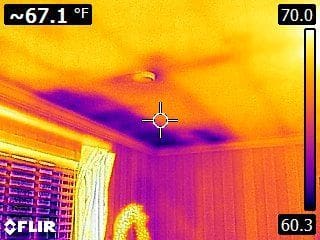
- Visual Inspections: Inspectors conduct a thorough visual examination of the remediated areas to check for any remaining mold, moisture, or water damage. This step ensures that all visible mold has been removed and that the area appears clean and dry.
- Air Quality Tests: Air sampling is performed to measure the concentration of mold spores in the air. Samples are collected from both the remediated area and other parts of the property for comparison. These samples are then analyzed in a laboratory to determine if mold spore levels are within acceptable limits.
- Surface Sampling: This involves taking samples from surfaces in the remediated area using swabs, tape lifts, or bulk samples. These samples are analyzed to detect any remaining mold spores or colonies on surfaces.
- Moisture Assessments: Inspectors use moisture meters to measure the moisture content in building materials such as walls, floors, and ceilings. High moisture levels can indicate areas where mold could potentially regrow, so it’s important to ensure that all materials are dry.
- Infrared Cameras: Thermal imaging cameras are used to detect hidden moisture behind walls and ceilings. These cameras can identify temperature variations that indicate the presence of moisture which was not addressed during the remediation.
- Humidity Gauges: These devices measure the humidity levels in the air. Maintaining low indoor humidity is crucial for preventing mold growth, so inspectors check to ensure that humidity levels are within a safe range post-remediation.
By employing these methods, post-remediation inspections provide a comprehensive assessment of the remediated area, ensuring that all mold has been effectively removed.
Benefits of Thorough Mold Inspections
Conducting thorough mold inspections before and after remediation can save homeowners from costly surprises and ensure a successful remediation process. First, a comprehensive inspection helps identify all areas affected by mold, including hidden spots that might be missed during a superficial check. This ensures that the remediation plan addresses the full extent of the problem, preventing mold from returning. Second, thorough inspections can help avoid failed clearance tests, which occur when mold is not completely removed. A failed clearance test means additional remediation work and expenses, as well as prolonged exposure to mold-related health risks. By investing in detailed inspections, homeowners can ensure that the remediation is done right the first time, providing peace of mind and protecting their property and health. Ultimately, thorough mold inspections are a proactive measure that helps maintain a safe, healthy, and mold-free environment.
Conclusion
If you’re facing mold issues in your home, EnviroPro 360 is here to help. As a reputable mold inspection and remediation company, EnviroPro 360 offers comprehensive services to ensure your home is safe and mold-free. Their team of experienced professionals uses state-of-the-art tools and methods to conduct thorough mold inspections and testing, both before and after remediation. Whether you need an initial assessment or a follow-up clearance test, EnviroPro 360 provides independent, unbiased evaluations to guarantee the effectiveness of the remediation process. Trust EnviroPro 360 to protect your health and property with their reliable and expert mold inspection and remediation services.
EnviroPro covers the southeast region surrounding Augusta, GA including the Georgia cities of: Augusta, Savannah, Macon, Warner Robins, Athens, Martinez, Statesboro, Evans, Milledgeville, Grovetown, and the South Carolina cities of: Columbia, Greenville, North Charleston, Rock Hill, Summerville, Sumter, Spartanburg, Hilton Head Island, Aiken, Anderson, Greenwood, Greer, Wade Hampton, Taylors, Mauldin, North Augusta, Bluffton, Lexington, Goose Creek, Newberry.

